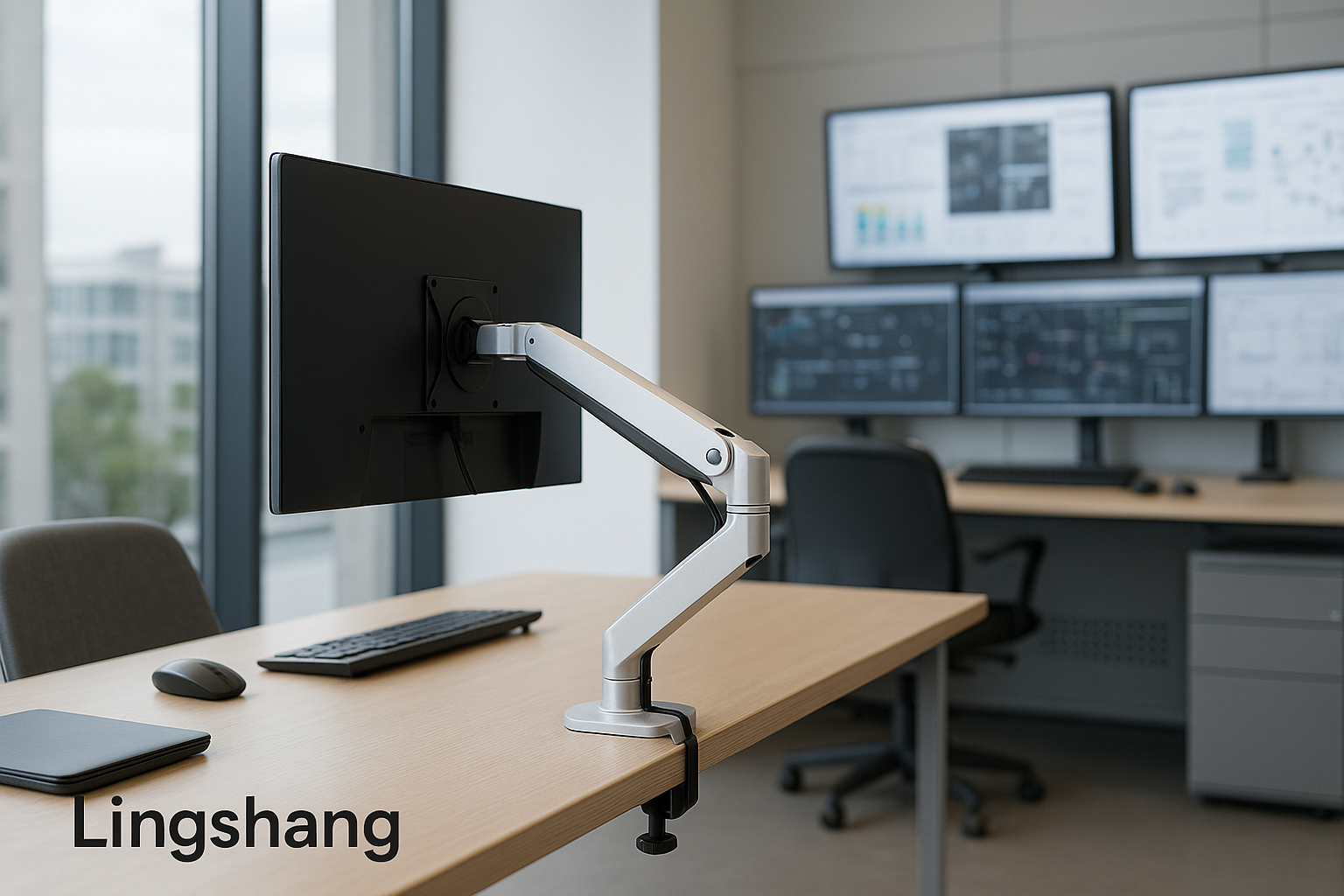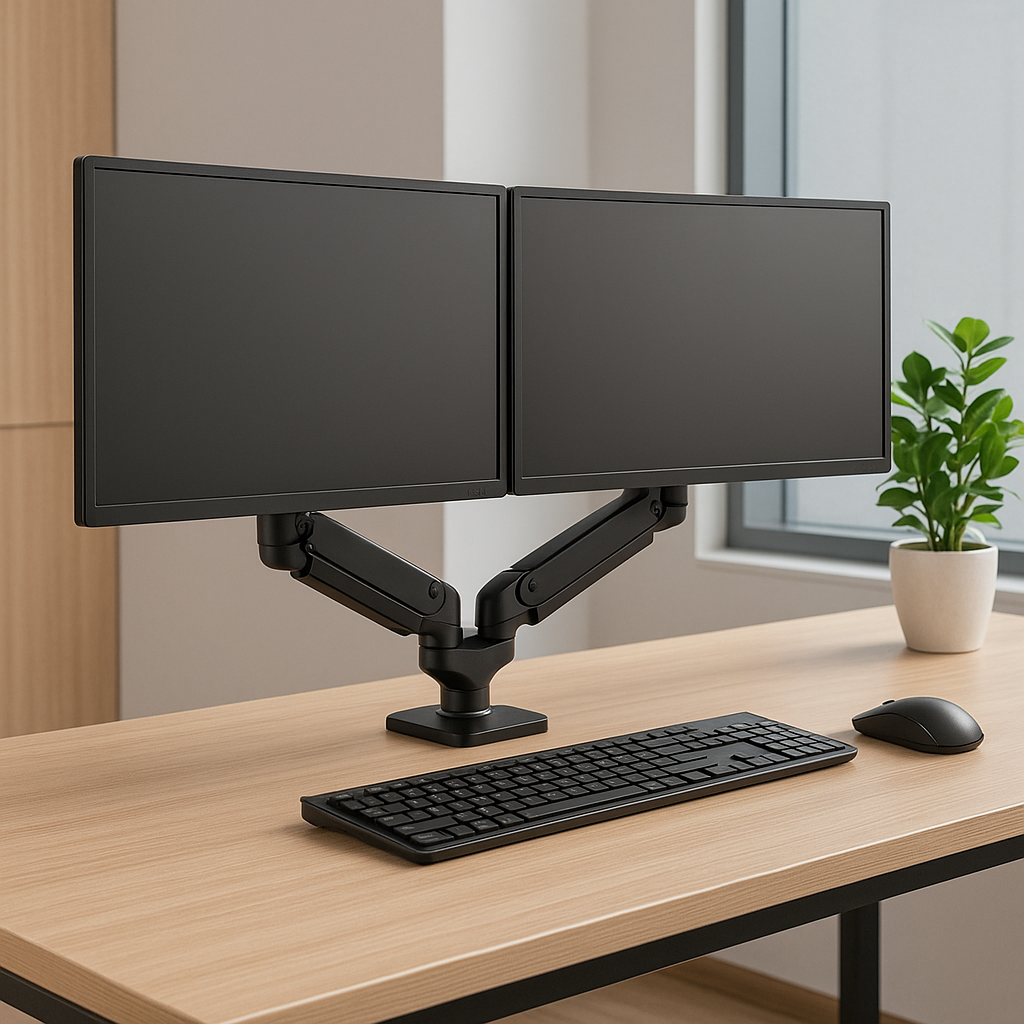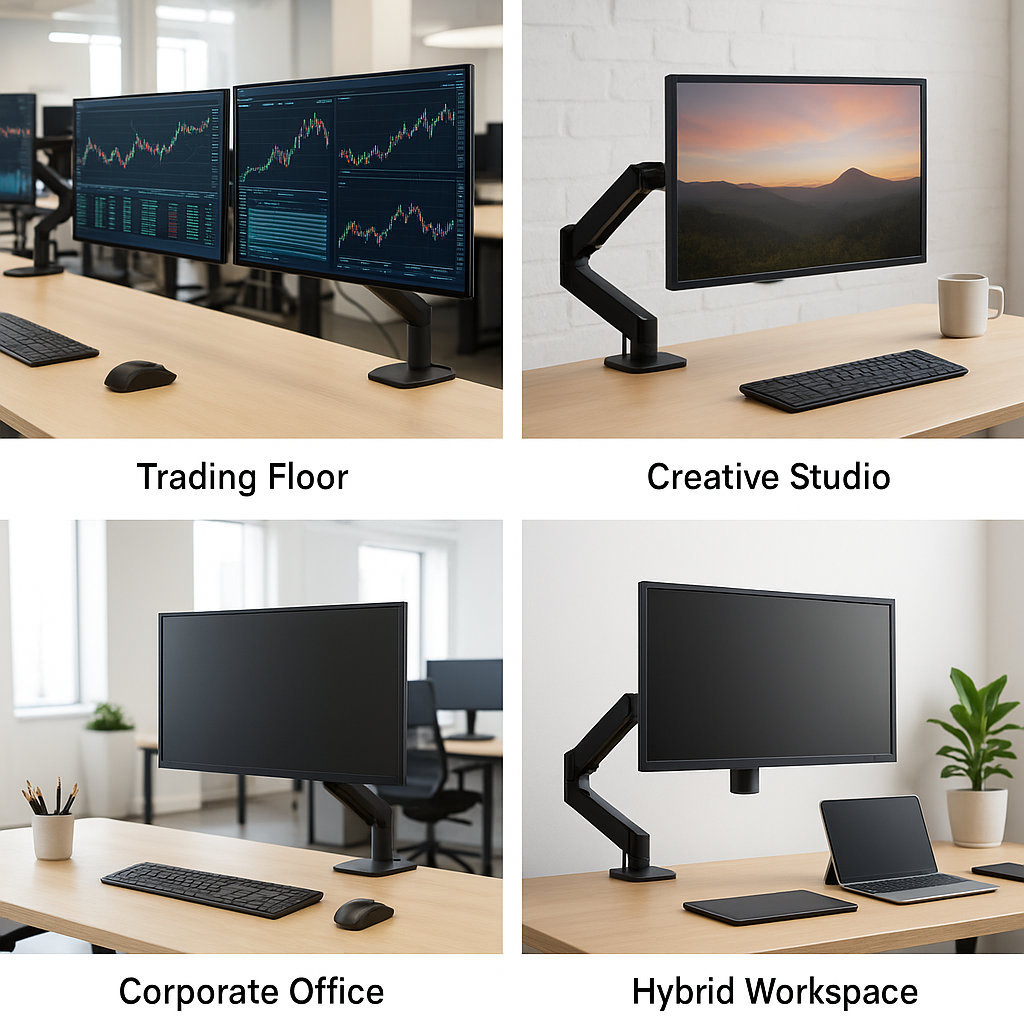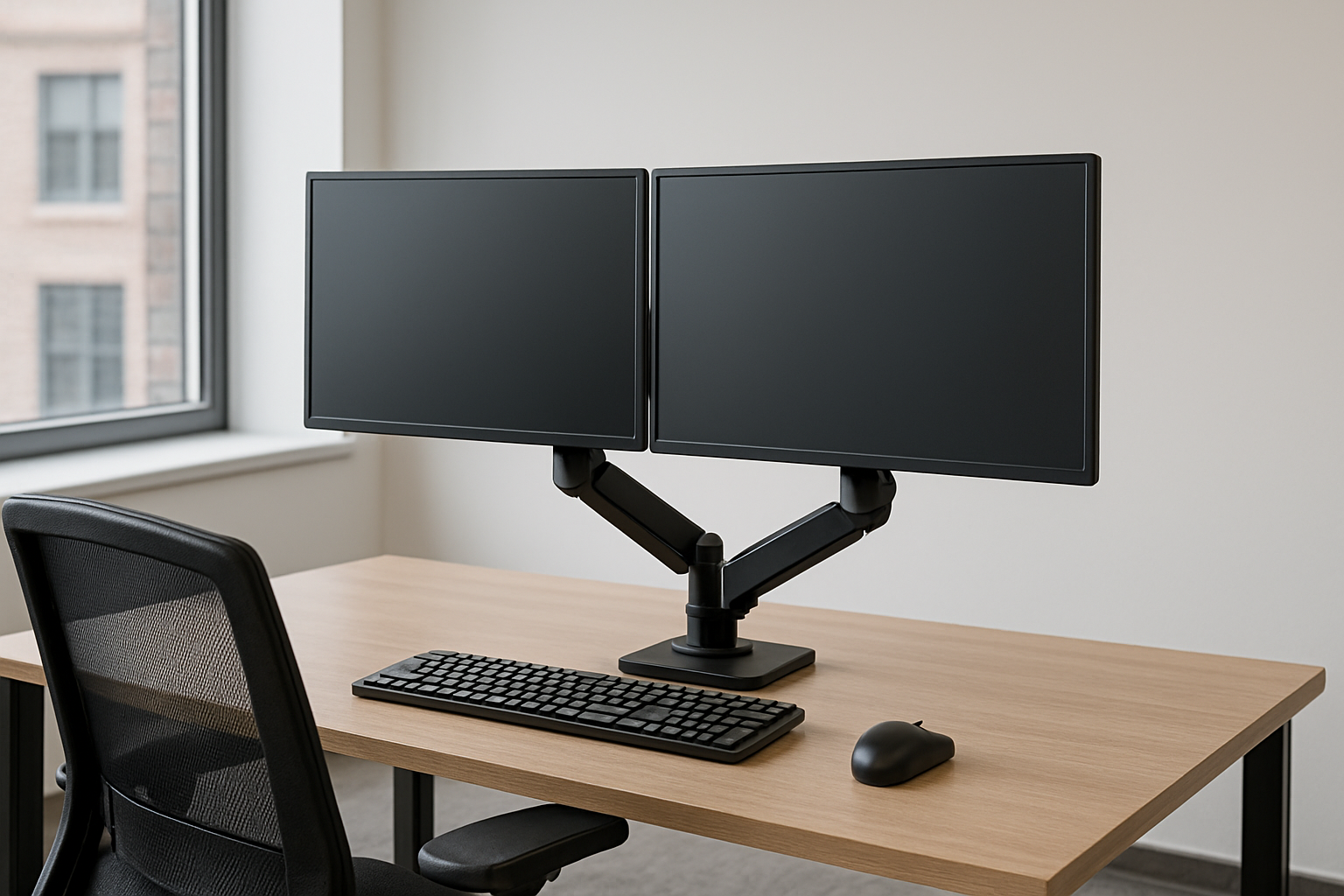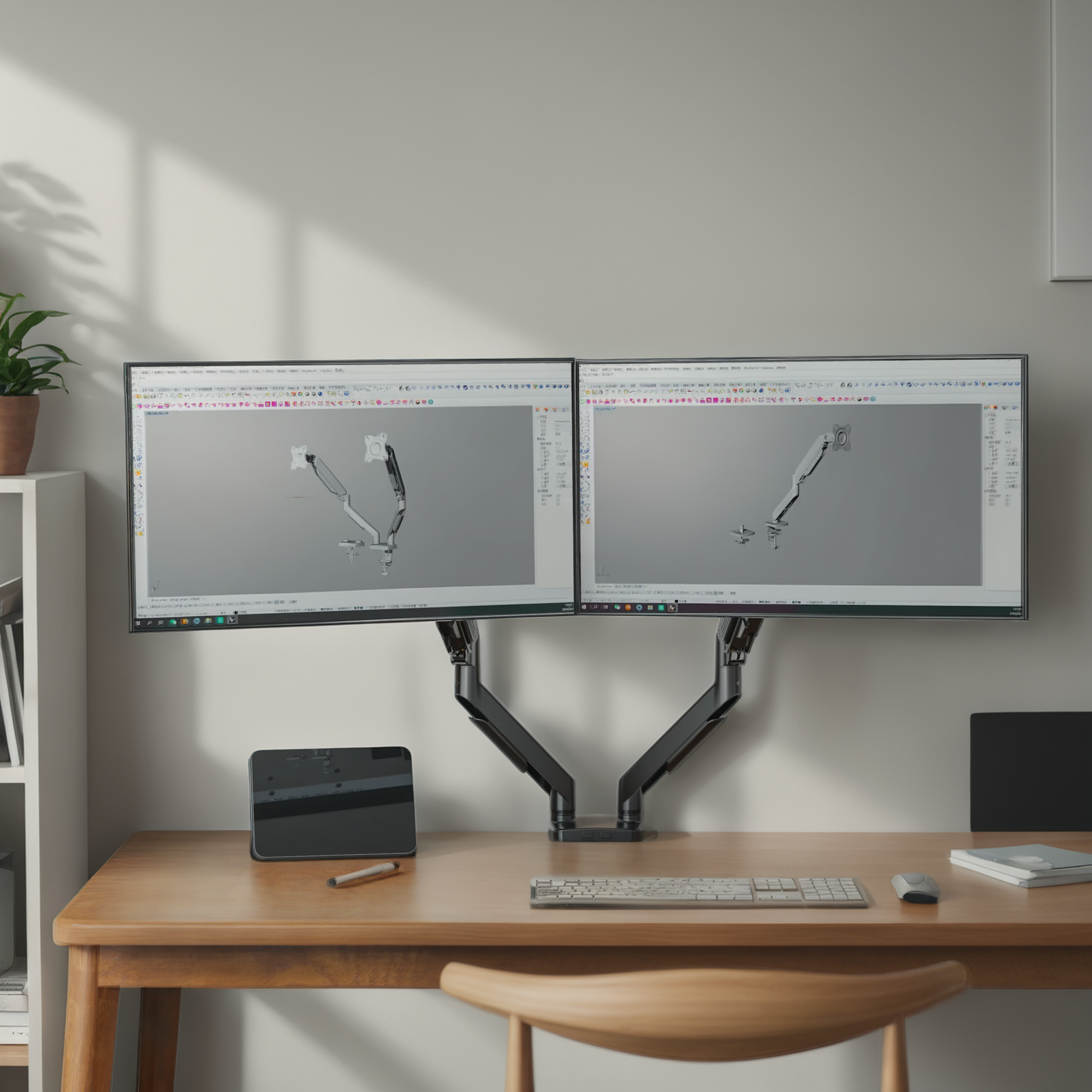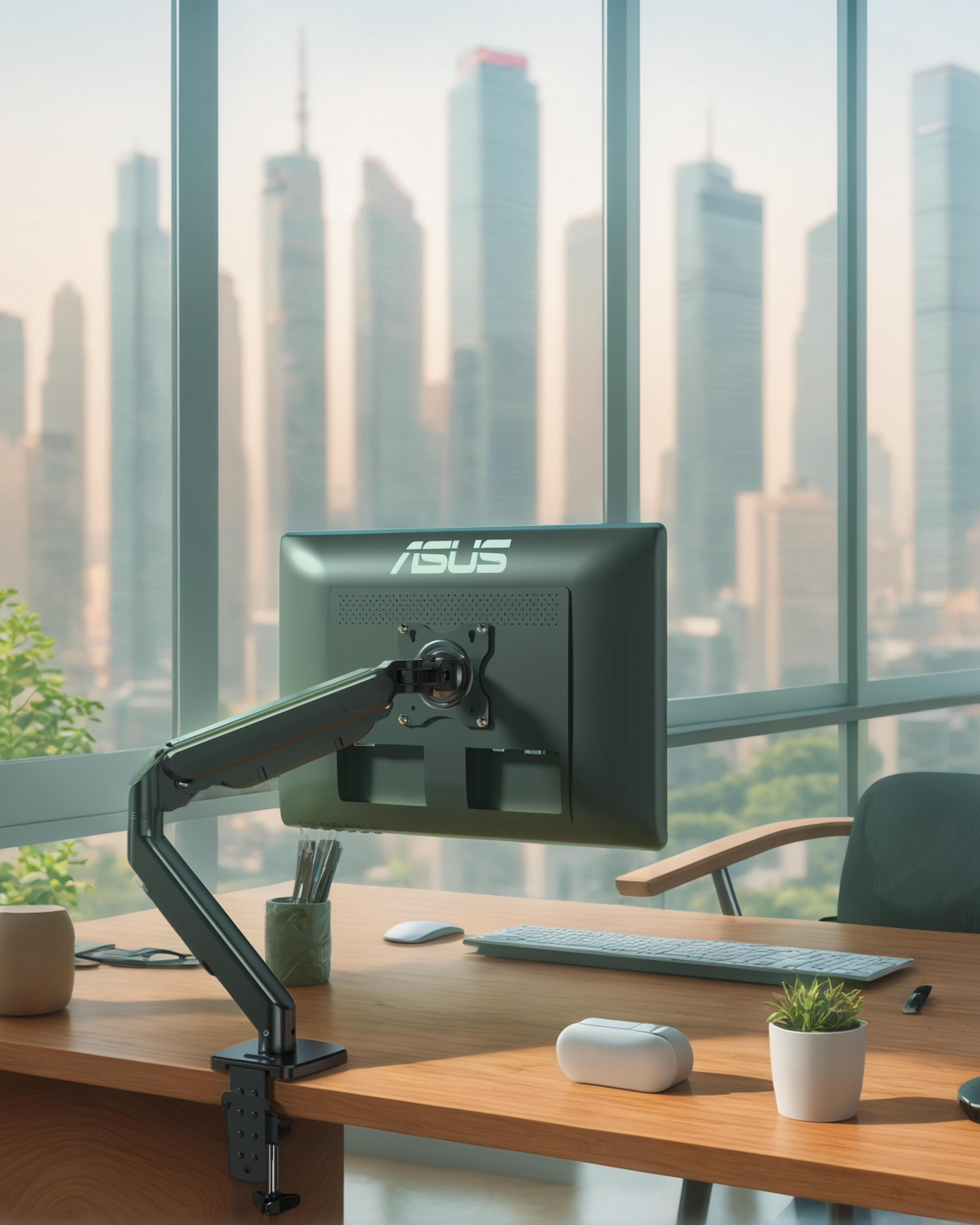
How to Stop Slouching at Your Desk with Better Screen Setup
You sit down to work. An hour later, your shoulders are rounded, your head is tilted forward, and your neck starts to ache. Sound familiar?
Slouching is one of the most common posture problems among desk workers, and it’srarely caused by laziness. Instead, it’s often a direct result of a screen that’stoo low, too far, or too rigid.
Whether you’re a full-time remote employee, a student in front of a laptop all day, or a gamer clocking hours in front of a monitor—bad screen ergonomics leads to bad posture.
Why Slouching Happens: Subtle But Harmful
When your monitor isn’t aligned with your natural eye line:
-
You lean forward unconsciously
-
Your shoulders begin to round
-
Your lower back loses support
-
Your spine bears increased pressure
Research from the Journal of Physical Therapy Science shows that forward head posture increases neck muscle activity by 45%, contributing to chronic fatigue and spinal strain.
You don’t notice the change—until the pain sets in.
User Pain Point: “I Sit All Day and Still Feel Tired”
Many workers complain of:
-
Constant neck and shoulder tension
-
Headaches without clear cause
-
Low energy despite being sedentary
-
Poor focus, especially after lunch
These symptoms are often dismissed as “normal desk fatigue,” butthe root cause may be your screen’s position.
The Simple Science of Screen Height
A screen placed even 10 cm too low can:
-
Force your head downward
-
Disrupt cervical spine alignment
-
Reduce breathing efficiency by compressing your chest
-
Cause long-term disc stress
A 2024 review in “Ergonomics” found that monitors below eye level increased muscular strain in the upper spine and contributed to a 32% rise in postural complaints among office workers.
Real-Life Scenes: Small Habits That Lead to Big Problems
Scene 1: The Home Office Trap
A remote worker props up their laptop with a few books, but it keeps shifting. By 3 PM, they’ve beenleaning forward for hours, feeling stiff and foggy.
Scene 2: The Student Marathon
A university student uses a built-in monitor stand that’s too low. Hours of reading and note-taking result inback and shoulder painbefore finals.
Scene 3: The Gaming Spiral
A gamer uses a large screen on a desk with no mount. Without tilt or height adjustments, they’re unknowinglyhunched over during every session.
Step-by-Step Fixes You Can Do Today
1. Use a Height-Adjustable Monitor Mount
A quality monitor arm from lingshang lets you adjust height, angle, and rotation in seconds. It aligns your screen withyour natural posture, not the other way around.
2. Set Up an Ergonomic Baseline
-
Top of screen: 2–3 inches above eye level
-
Distance: About an arm’s length away
-
No upward or downward head tilt
-
Keep shoulders relaxed and back supported
3. Adjust the Rest of Your Workspace
-
Chair heightshould support feet flat on the floor
-
Keyboard and mouseshould allow elbows at 90°
-
Use a lumbar pillow if your chair lacks support
4. Build In Movement
Every 45–60 minutes,stand up, stretch, or walk briefly. Set reminders if needed. Static posture, even if “perfect,” still leads to fatigue.
What Experts Recommend
The Occupational Safety and Health Administration (OSHA) advises that monitors be directly in front of the user, with the center of the screen about 15–20° below horizontal eye level, to minimize head tilt and reduce muscle fatigue.
Harvard Medical School emphasizes that posture affects breathing efficiency and energy levels—slouching compresses the lungs and reduces oxygen intake, which may explain afternoon fatigue.
How lingshang Monitor Mounts Help
-
Adjustable height, tilt, rotation to match your posture
-
Clamp or grommet installation for most desk types
-
Reduced screen footprint frees up workspace
-
Durable steel design supports a variety of screen sizes
Better ergonomics lead to better energy, clarity, and comfort.
A Setup That Supports You
Slouching isn’t a character flaw—it’s often a design flaw. With a screen that adjusts to your eyes, you sit straighter without trying.
Explore our ergonomic mounting tools today on thehomepage.
Need help building your posture-friendly setup?Contact our teamfor personalized support.

